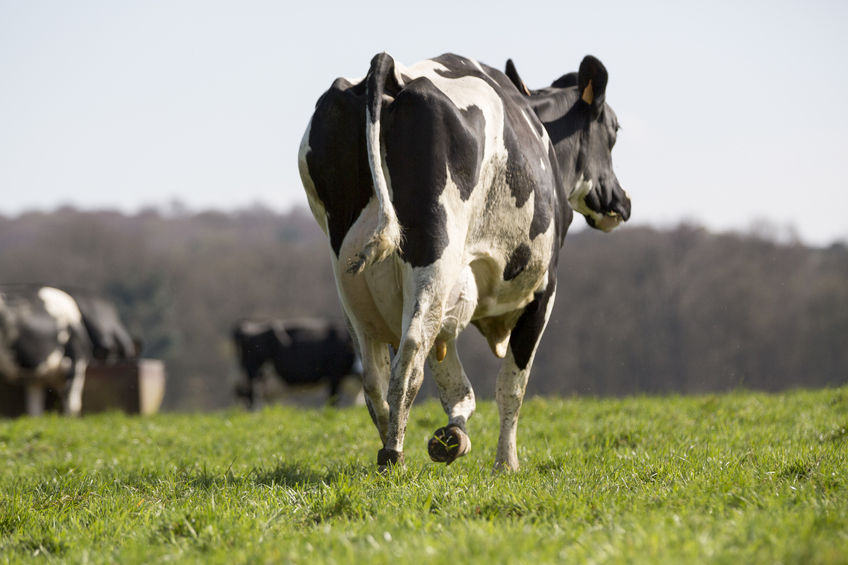
A new leaflet is being handed out to dairy farmers to give them the information they need to combat criticism over the sector's effects on the environment.
Farmers are being encouraged to learn the true impact of UK milk production on the environment with the new leaflet, by the Royal Association of British Dairy Farmers (RABDF).
‘Greenhouse gas emissions: The truth behind the dairy sector’s carbon footprint’ aims to give dairy producers the facts to understand the industry’s potential impact on climate change.
It also hopes to give them the information they need to counter criticism they increasingly face over the industry's effects on the environment.
Being handed out to delegates at Dairy Tech 2020 this week, the leaflet’s publication coincides with a special presentation at the event which aims to bust the myths on UK dairy and climate change.
Speakers including RABDF chairman Peter Alvis and Tom Gill, Promar International’s Head of Sustainability will talk about some of the facts behind the headlines when it comes to cattle production, as well as some of the ways farms can limit their environment impact.
Matthew Knight, RABDF chief executive, said he wants farmers to have helpful facts about their industry, such as stats that show dairy production is responsible for just 3% of global greenhouse gas emissions.
He said it is also important for producers to feel equipped with the knowledge they need to be able to work on their footprints, and have the confidence to talk to people about the good work they were doing.
“Livestock farming, particularly cattle production, has been facing increasing amounts of pressure for the perceived impact that cows have on the environment,” he said.
“While there is always room for improvement when it comes to farming’s environmental footprint, so much of the criticism levelled at dairy farmers has been incredibly unfair.”
Not only are statistics around carbon footprints and greenhouse gas emissions incredibly complicated, but much of the information currently being reported in the media overstates the impact of dairy cattle on the environment, Mr Knight added.
Significantly, they also ignore the good work many dairy farmers have done to reduce emissions and limit their carbon footprint, such as improving genetics, making production efficiencies and streamlining supply chains.
“If farmers are ever going to be able to counter the negative comments being made about them, they need to understand the claims they’re facing and have the facts they need to be able to counter the arguments,” he said.
“We’re hoping that with this booklet, we’ll be able to equip farmers with the knowledge they need to do just that.”
